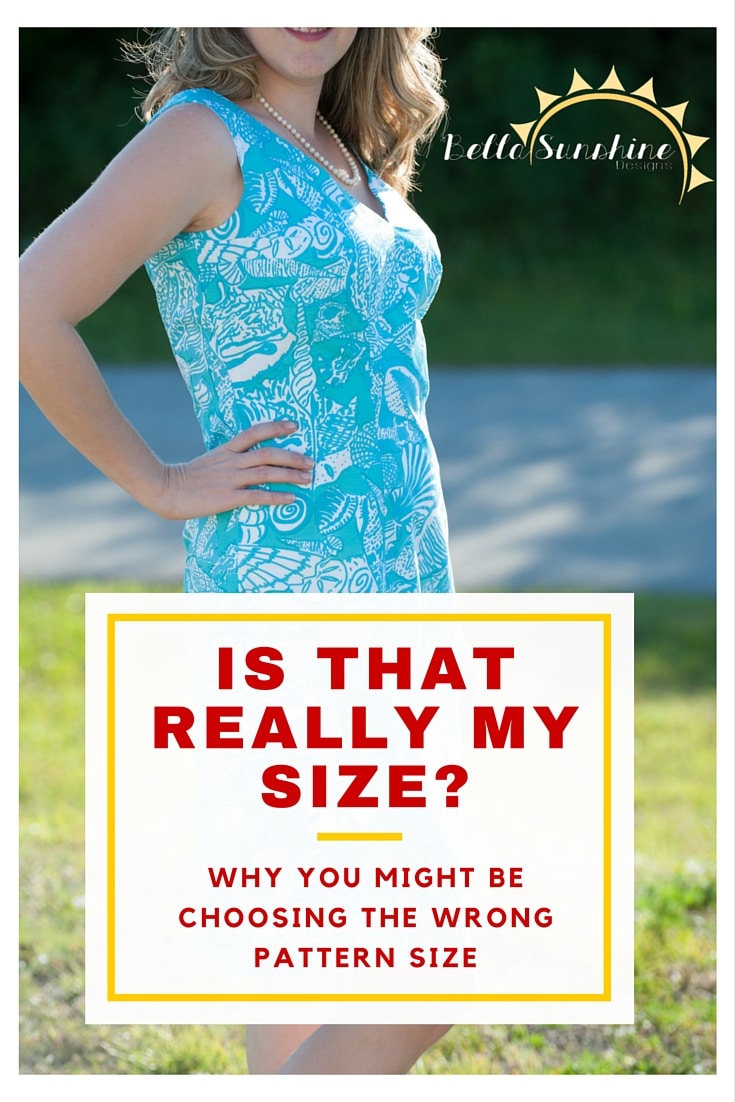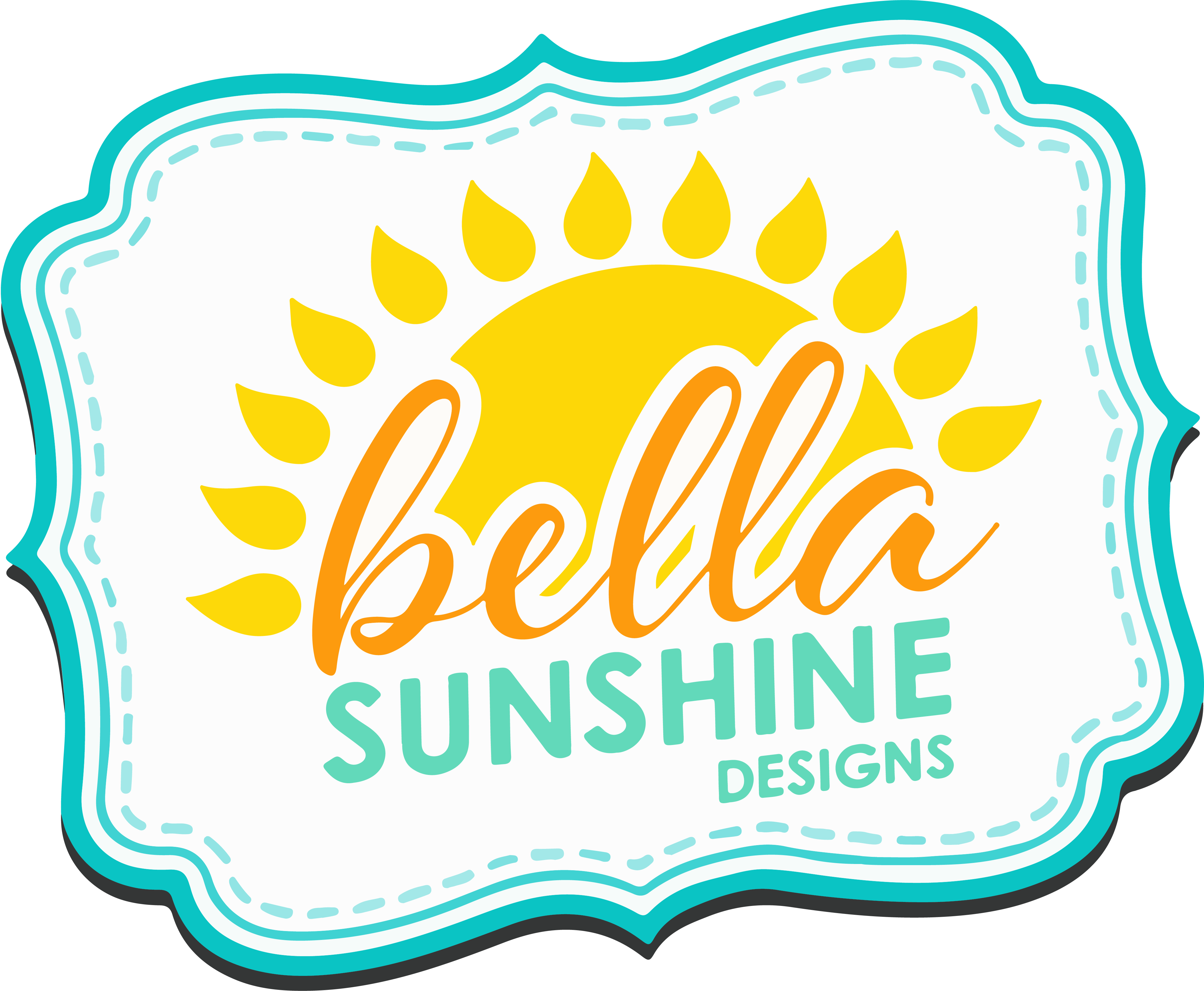"Whoa! Something must be wrong with your measurement chart. I have never worn that size before."
"Oh my goodness! Is that cup size right?! My boobs are not that big."
As a sewing pattern designer, I hear these things a lot especially when it comes to sewing for women. And there are a lot of different reasons why. First off, every brand uses a different measurement chart. This is not only true for sewing patterns, but it's true for ready-to-wear as well. Let's be honest, you might be one size in J.Crew and another size in Ralph Lauren. Same as some designers design for an hourglass shape while others cater towards more of a pear shape. Here we'll discuss getting sizing right for you based on your measurements for a more consistent fit.
Getting Sizing Right

When you go to sew a pattern, I want you to ignore the thought of what size you normally wear. If we are going to spend the hours to make something for ourselves, we want it to fit right? So don't worry about the size number and worry about the measurements. Nobody knows the size but you anyway unless you tell them.
We have a ladies dress coming out this week with SEVEN cup sizes. I'll give you a moment to let that sink in. Yes, 7 cups in one pattern. The dress is a fitted shift dress (technically a sheath dress for those of you that are super strict about terminology,) and it is releasing this Thursday.
Now I have to say as a busty girl with a super small frame, I get so tired of doing bust adjustments to every single pattern that I own (Can I get an amen?) So because I had to do the adjustments anyway to test the pattern myself, I decided to just include it in the pattern. You're welcome.
Determining Cup Size
But this brings me to my topic for this blog. How do you determine your cup size? You might say that some really nice lady in a department store 3 years ago told you that you were a B cup. And that's great. But how did she find that out? There's a couple different ways. For the purpose of this blog post, we are going to talk about the way we choose the cup size for BSD patterns. It also happens to be the same way you should choose a cup size for your bra for *most* companies. Every brand has its own size chart, but from most bra specialists I have talked to, this is the method they use.
Let's take a moment and talk about how to read a measurement chart. Again, you are on the BSD blog, so I'm going to talk specifically about BSD patterns. Some designers do things differently, so I would definitely go with each specific designer's suggestions on how to choose a size based on their chart. Let's look at the ladies measurement chart for the soon-to-be released Paradise Island Shift Dress.
The Chart

Whoa. That's a lot of numbers.
It looks a little intimidating, but I promise, it's easier than you think. Now, the most important numbers to look at completely depends on the design. Some designs are fitted through the bodice, but have a flowy skirt. Others, like the Paradise Island Shift Dress are fitted throughout. Because of this, you should alway refer to the pattern on what the most important measurements are. Because this design is fairly fitted, we will be looking at all the numbers. First things first, we need some measurements. If you are unsure how to measure yourself, check out this post. It is relating to measuring children, but the principles are the same. For this blog post, I will use mine.
Underbust: 30"
Bust: 36.5"
Waist: 28"
Hips: 37"
Using Your Measurements
For this pattern, the most important measurement is the underbust (which is why its in bold). According to my measurements, this puts me in-between a base size of a 2 and a 4. Now here is where knowing your body and using your best judgement come in. I know that I have a very small frame with narrow shoulders. Because of that, I'm going to go with the 2 as a base size. This size is important, because that then determines what cup size you will sew. If you look under the size 2 column, you will find that my bust fits perfectly under a G cup. Does your number sound crazy to you?
Just trust me! I had a bunch of testers that swore there was no way the dress was going to fit and they were all pleasantly surprised when the bust fit was perfect. But as always with ANY woman's pattern, please make a test garment first before cutting into your prettiest fabric!
Now that we have the bust figured out, for this pattern we want to blend into the waist and the hips to keep it fitted (and in my case, make sure I can fit into it.) I have two lovely children and because of that I have a bit of a mom belly so I definitely want to blend to a larger size to accommodate.
My waist and hips both fit into a size 6. All my newest patterns (including the Paradise Island Shift Dress) include blending diagrams, so if you are unsure how to do that, please check those. Also, I did a short video on blending that you can check out here. It is geared towards children, but the principles are the same. I hope it helps you out.
Now is also a good time to mention that if you have a bit of a belly, you might want to size up the hips. To determine the exact amount, check out this technique written by Kennis Wong of Itch to Stitch. It will help guide you on choosing the correct size to prevent unsightly drag lines on your final fit. Oh, and if you don't already subscribe to her blog, be sure and do so. She shares tons of great fitting tips for women.
Let's review our size selections based on my personal measurements:
Underbust: 30" - Base bust size of 2
Bust: 36.5" - Cup Size of G
Waist: 28" - Waist size of 6
Hips: 37" - Hip size of 6
And for fun let's see a photo of the finished result:

All you have to do is blend those sizes. And the best part, no bust adjustment is needed! I hope this gives you a better grasp on how to choose your size in our new women's line. As I mentioned before, just make sure and make a test garment on your first draft so you can make any small fit adjustments that are needed. And as always, if you need help choosing your size, you can join our Facebook group and ask for help.
Did you learn something? Let me know in the comments below!

8 comments
It’s amazing to see a designer include so many cup options. I give you an amen to small-framed, busty women! My measurements are nearly exactly the same as yours and I am not at all surprised by the label G cup. My current bra size is 28H and it’s the best fitting bra I ever owned.
Thank you for the great instructions. I have been sewing for many years and fitting is such a mystery for me.
I will be looking out for your patterns because you are right on point with the sizing, I can never get the right pattern size based on the measurements I take from the popular pattern names
I’ve tried everything from patterns in women’s size to pivot & see to no avail. If this actually works I’ll buy patterns from you. It’s very frustrating to start a project ( I have many unfinished projects because they don’t fit right) and end up with a mess. Bu the way what do you do for petite large? I’m short, with short arms, short back waist length DD bust, big hips, medium waist
Thanks, Melissa. I “lost” this page for awhile. Pinning it this time!